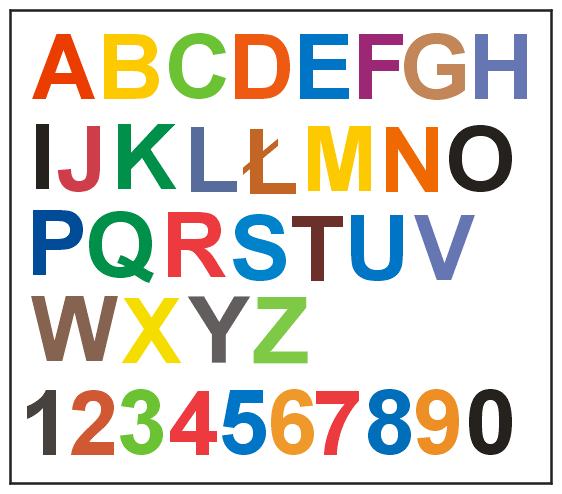Nine months after suffering from a stroke, a 45 year old Toronto patient started noticing that something very strange was going on. Colors began to elicit strong emotions and tastes. For example, he could now taste the color blue. Not blue items that he put in his mouth, mind you, but just the abstract color. When he saw the color blue, he tasted raspberries. The patient also found a particular shade of blue to be disgusting, and that certain musical tones caused a sense of euphoria. He could not say why these things were suddenly happening to him. His doctors were not so flummoxed. They realized that he had become the second ever confirmed case of acquired synesthesia.
Synesthesia is the cross-firing of the senses. One of the more common forms of synesthesia is called grapheme, or color synesthesia, in which the synesthete sees each letter or number as an exact shade that can be picked out of a color chart. But that’s not the only kind of sensory mix up. Some synesthetes perceive digits to have specific shapes, or even personalities. People with these senses sometimes say that they can do mental arithmetic by merging the shapes and personalities of various numbers into the new shape held by the answer.
Emotional synesthesia, in which digits or objects are paired with specific emotions (blue with disgust) are more rare. To be clear, this is not the same as someone being disgusted by the color blue because they once threw up a blue slushy. The color or shape itself elicits an emotional response independent of past associations.
Emotional synesthesia, in which digits or objects are paired with specific emotions (blue with disgust) are more rare. To be clear, this is not the same as someone being disgusted by the color blue because they once threw up a blue slushy. The color or shape itself elicits an emotional response independent of past associations.
It’s estimated that a few percent of the population have some form of synesthesia, though it’s hard to quantify either the number of people with the condition or the sorts of phenomenon that synesthesia should include. It definitely seems to be something that people are born with, apart from now two exceptions. Interestingly, the patient’s stroke occurred in his thalamus, which happens to be the same part of the brain affected in the one other case of acquired synesthesia.
| Add caption |

It's projected that a number of per cent of people possess some kind of synesthesia, however it's difficult to assess possibly the number of people with the situation or even the kinds of sensation that will synesthesia will include. Gold On Runescape World of Warcraft Gold Kaufen
ReplyDelete